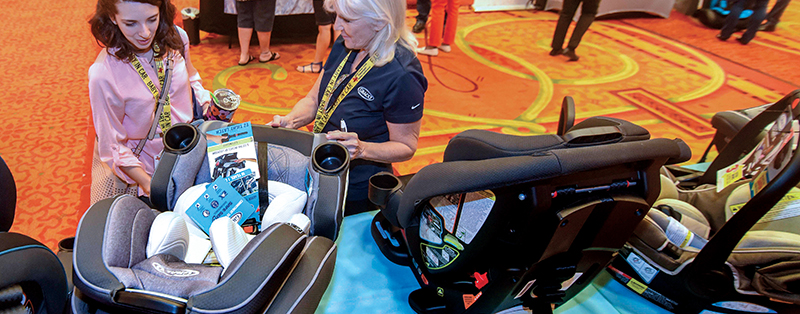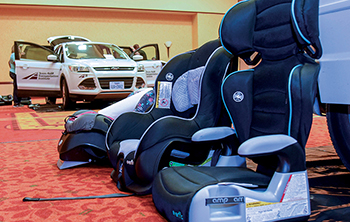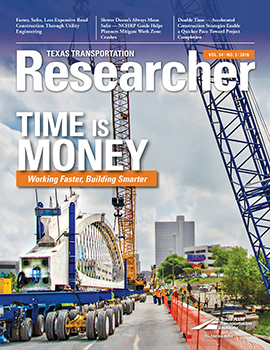The 2018 Texas Child Passenger Safety Conference was held June 24–26 in San Marcos, Texas. About 300 child passenger safety seat technicians (CPSTs) and safety advocates heard firsthand from Michele and Brooke Ice, mother-daughter keynote luncheon speakers, who spoke on the importance of the work they do.

Michele credits CPSTs with saving her daughter’s life nearly 20 years ago. “If it weren’t for those two technicians that insisted on checking my car seat, Brooke would have died,” Michele told attendees.
Brooke was only 10 months old in 1999 when her mother agreed to have her child seat inspected. The technicians spent 45 minutes showing Michele how to properly install the seat. Two weeks later, a van ran a stop sign and crashed into the side of her car. Though Michele suffered life-threatening injuries, baby Brooke was unharmed. They credit her survival to the proper installation and use of the car seat.
“Please know that all the effort, all this training you do is making a difference in kids’ lives,” Brooke Ice said. “On behalf of all of them, I want to say thank you. You are all my heroes.”
CPSTs, representatives from child-seat manufacturers, and safety advocates from around the state and nation attend the annual conference, made possible by a grant from the Texas Department of Transportation and organized by the Texas A&M Transportation Institute (TTI) and Texas A&M AgriLife Extension.

The wide-ranging conference provided CPSTs with the latest information on newly designed car seats, advanced installation techniques, new vehicle safety features, crash analysis results of both correct and incorrect car seat installation, and an examination of the 20-year history of the National Child Passenger Certification Program.
“Because there are so many different car seats and vehicle combinations, a lot can go wrong during installation and with the way the child is restrained,” explains Katie Womack, Manager of TTI’s Behavioral Research Program. “About 80 percent of the seats inspected by CPSTs are installed incorrectly. It’s clear that some of these mistakes could result in fatalities and life-changing injuries. It’s why the work that technicians do is so important.”
